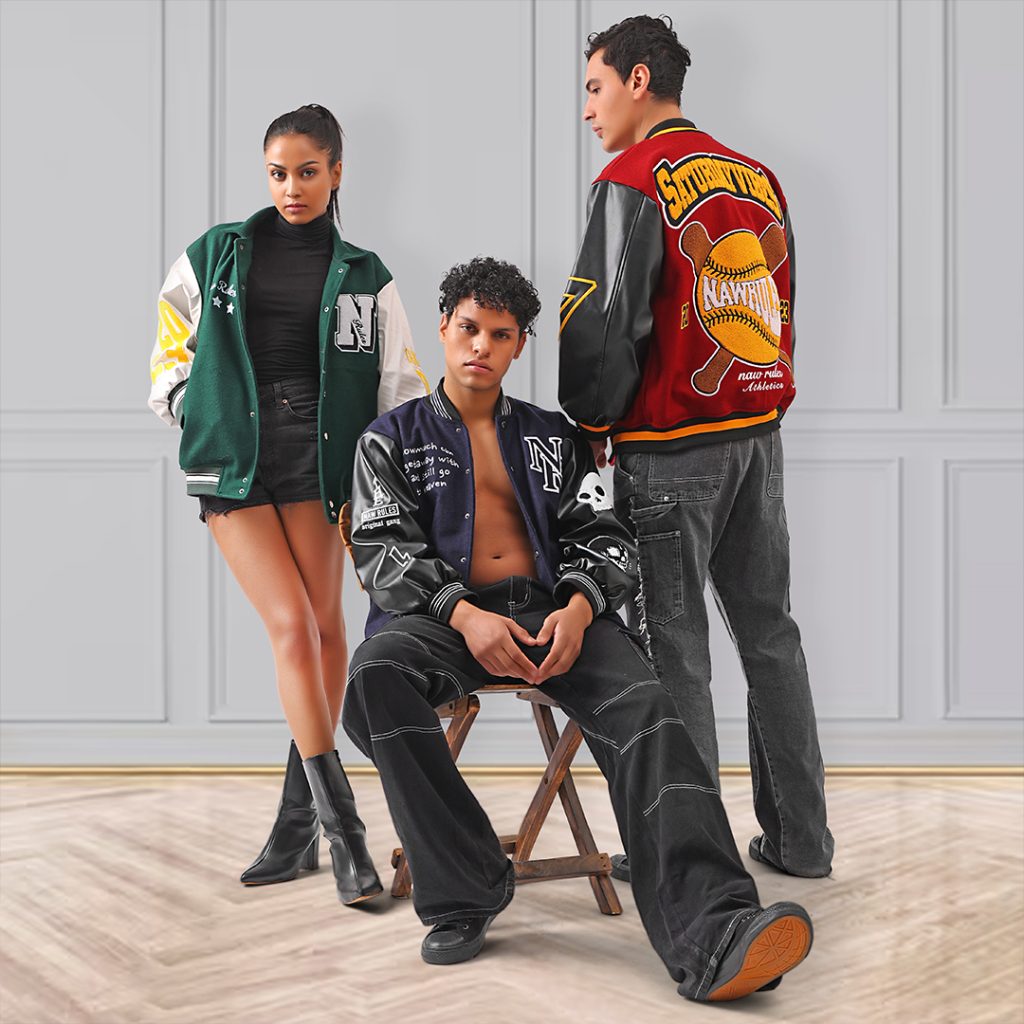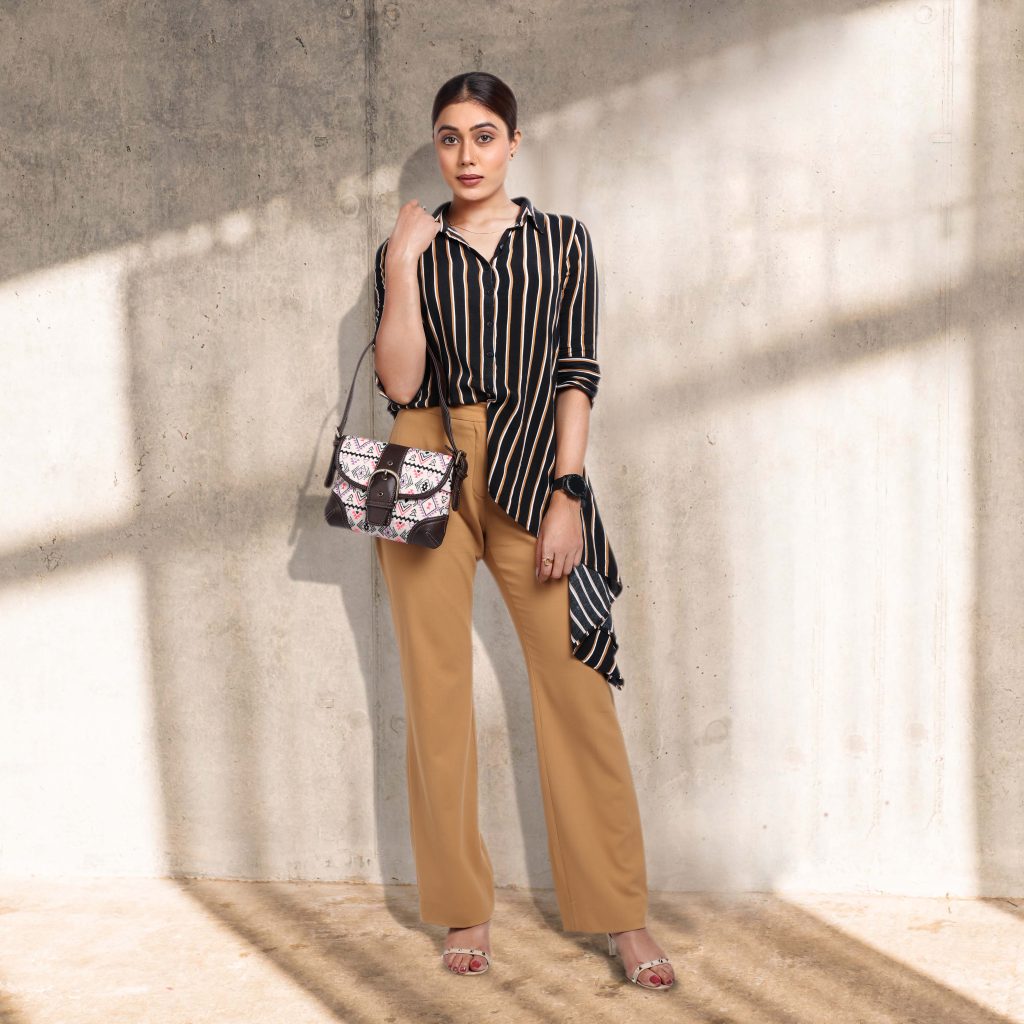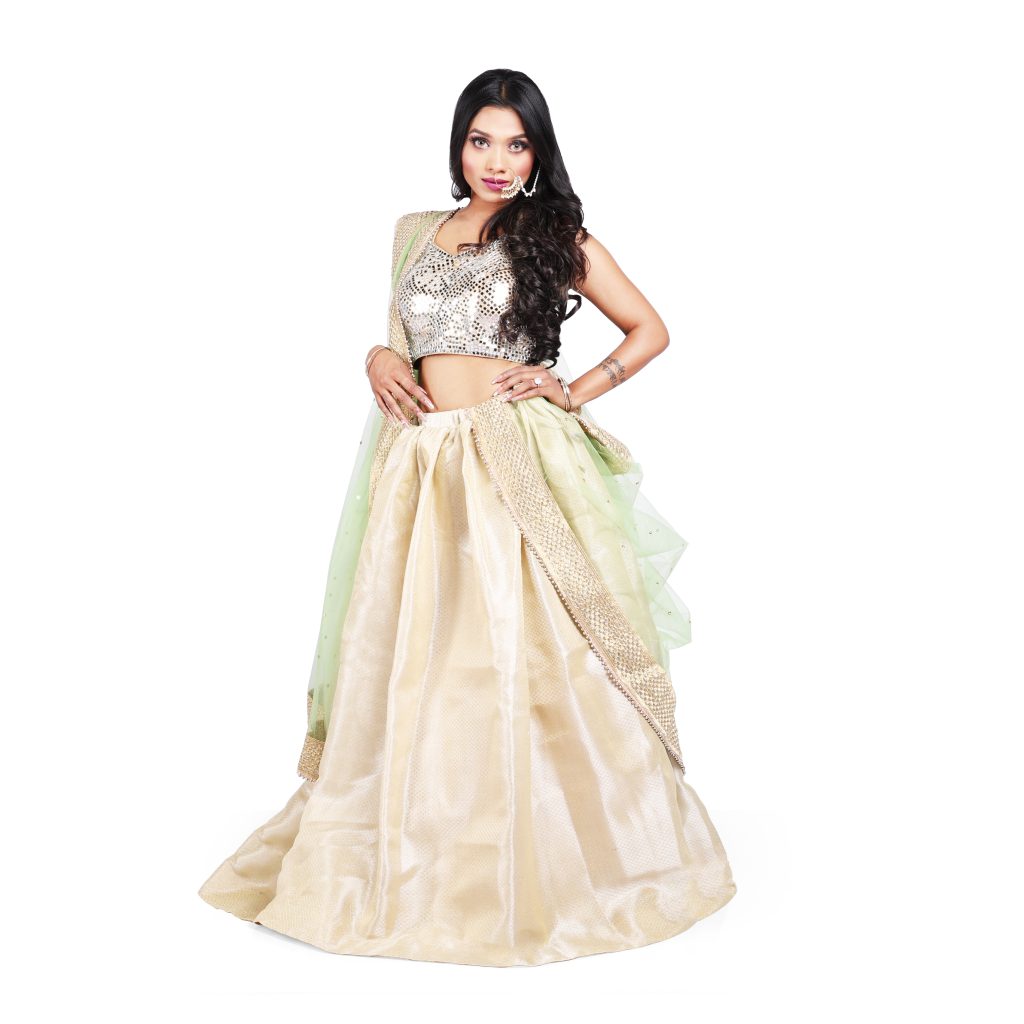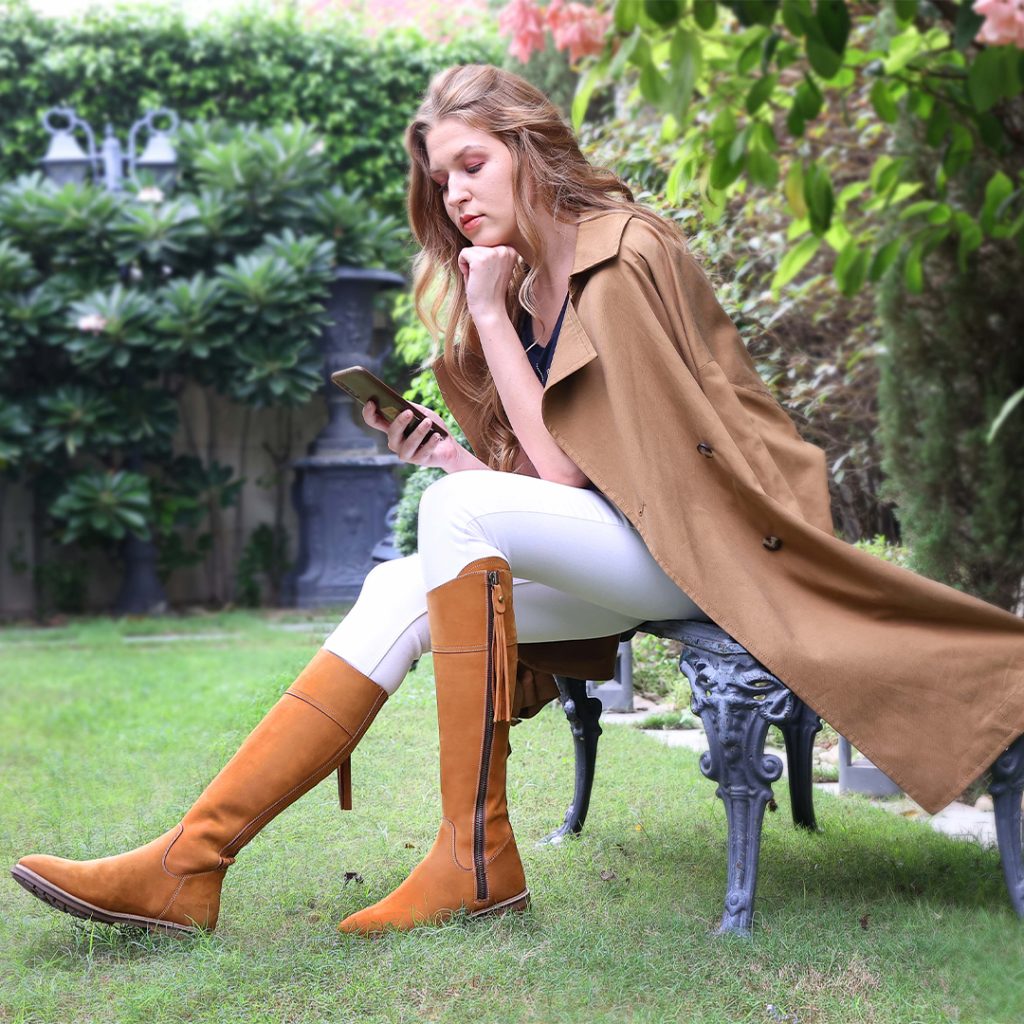7 Ideas for Best Fashion Photography
Fashion photography is a dynamic and exciting field that requires a blend of creativity, technical skills, and attention to detail. Whether you’re an aspiring fashion photographer or someone looking to capture stunning fashion images, this professional photography guide for fashion photoshoots will provide you with valuable tips and techniques to elevate your work. From planning and preparation to execution and post-production, let’s dive into the world of fashion photography Services.

I. Pre-Photoshoot Preparation
Concept Development:
Research current fashion trends and styles to inspire your shoot.
Create a mood board or visual references to convey the desired look and feel.
Model Selection:
Choose models that align with your concept and showcase the garments effectively.
Consider diversity and inclusivity to appeal to a broader audience.
Styling and Wardrobe:
Collaborate with a stylist to curate outfits that complement the concept.
Pay attention to details like accessories, shoes, and makeup to enhance the overall aesthetic.
Location Scouting:
Look for locations that match the desired theme and provide interesting backdrops.
Consider both indoor and outdoor options based on lighting and logistical requirements.
II. Photoshoot Execution
Lighting Techniques:
Natural Light: Utilize soft and diffused natural light for a flattering and organic look.
Studio Lighting: Experiment with various lighting setups like softboxes, beauty dishes, or strobes to achieve a desired mood.
Posing and Directing:
Guide models through poses that highlight the garments and convey the intended emotion.
Encourage movement and fluidity to bring life to the images.
Composition and Framing:
Explore different angles, perspectives, and focal lengths to create visually dynamic compositions.
Consider the rule of thirds and negative space to add interest to the frame.
Attention to Detail:
Pay close attention to hair, makeup, and clothing to ensure they are in place and well-presented.
Watch out for distracting elements in the background and adjust accordingly.
III. Post-Processing and Editing
Selecting the Best Images:
Review all the images from the shoot and identify the strongest ones that align with the concept.
Consider factors like composition, expression, and overall impact.
Color Correction and Retouching:
Adjust color balance, exposure, and contrast to enhance the mood and aesthetic of the images.
Use retouching techniques to refine skin, remove blemishes, and ensure a polished appearance.
Consistent Editing Style:
Establish a cohesive editing style throughout the series of images to maintain visual harmony.
Develop presets or use editing software to streamline the editing process.
Collaboration with Designers and Brands:
Communicate and collaborate with designers or brands to ensure the final images align with their vision and branding.
IV. Showcasing and Delivering the Images
Portfolio Curation:
Select the best fashion images to include in your portfolio that showcase your skills and versatility.
Organize them in a visually pleasing manner to create a compelling narrative.
Delivering Images to Clients:
Provide clients with high-resolution, edited images in the agreed format and within the designated timeframe.
Consider watermarking or branding the images to protect your work.
V. Communication and Collaboration
Effective Communication with the Team:
Maintain open and clear communication with the stylist, makeup artist, and other team members to ensure everyone is on the same page.
Discuss ideas, provide guidance, and encourage creative input from each team member.
Building a Professional Network:
Network with fashion designers, stylists, models, and other professionals in the industry to expand your connections.
Collaborate with emerging designers or local brands to create mutually beneficial opportunities.
Model Direction and Connection:
Establish a rapport with the models to create a comfortable and relaxed environment during the product photoshoot.
Give clear directions and feedback to guide their poses and expressions, ensuring they embody the desired mood and narrative.
VI. Creative Direction and Storytelling
Storytelling through Fashion:
Develop a narrative or concept that goes beyond showcasing the garments.
Use props, poses, and settings to tell a compelling story that resonates with the audience.
Experiment with Different Styles and Themes:
Don’t be afraid to explore various fashion styles and themes to add versatility to your portfolio.
Push the boundaries of creativity by blending fashion with other artistic elements, such as surrealism or minimalism.
Emphasize Details and Accessories:
Capture close-up shots that highlight intricate details, textures, and accessories.
Pay attention to the finer elements of the fashion pieces, such as stitching, embellishments, or unique features.
VII. Staying Updated and Inspired
Follow Fashion Publications and Blogs:
Stay updated with the latest trends, fashion editorials, and industry news through reputable fashion magazines, blogs, and social media accounts.
Gain inspiration from renowned fashion photographers and their distinct styles.
Attend Fashion Events and Shows:
Attend local fashion events, runway shows, and exhibitions to immerse yourself in the world of fashion.
Network with professionals and gain exposure to new fashion trends and emerging talents.
Continual Learning and Growth:
Fashion photography is a captivating and challenging genre that demands creativity, technical proficiency, and a keen eye for detail. By following the guidelines presented in this professional photography guide for fashion photography Service in Delhi, you can elevate your skills and produce stunning fashion imagery. Remember, each photoshoot is an opportunity for artistic expression and storytelling. Embrace the process, collaborate with a talented team, and let your passion for fashion shine through your photographs.


